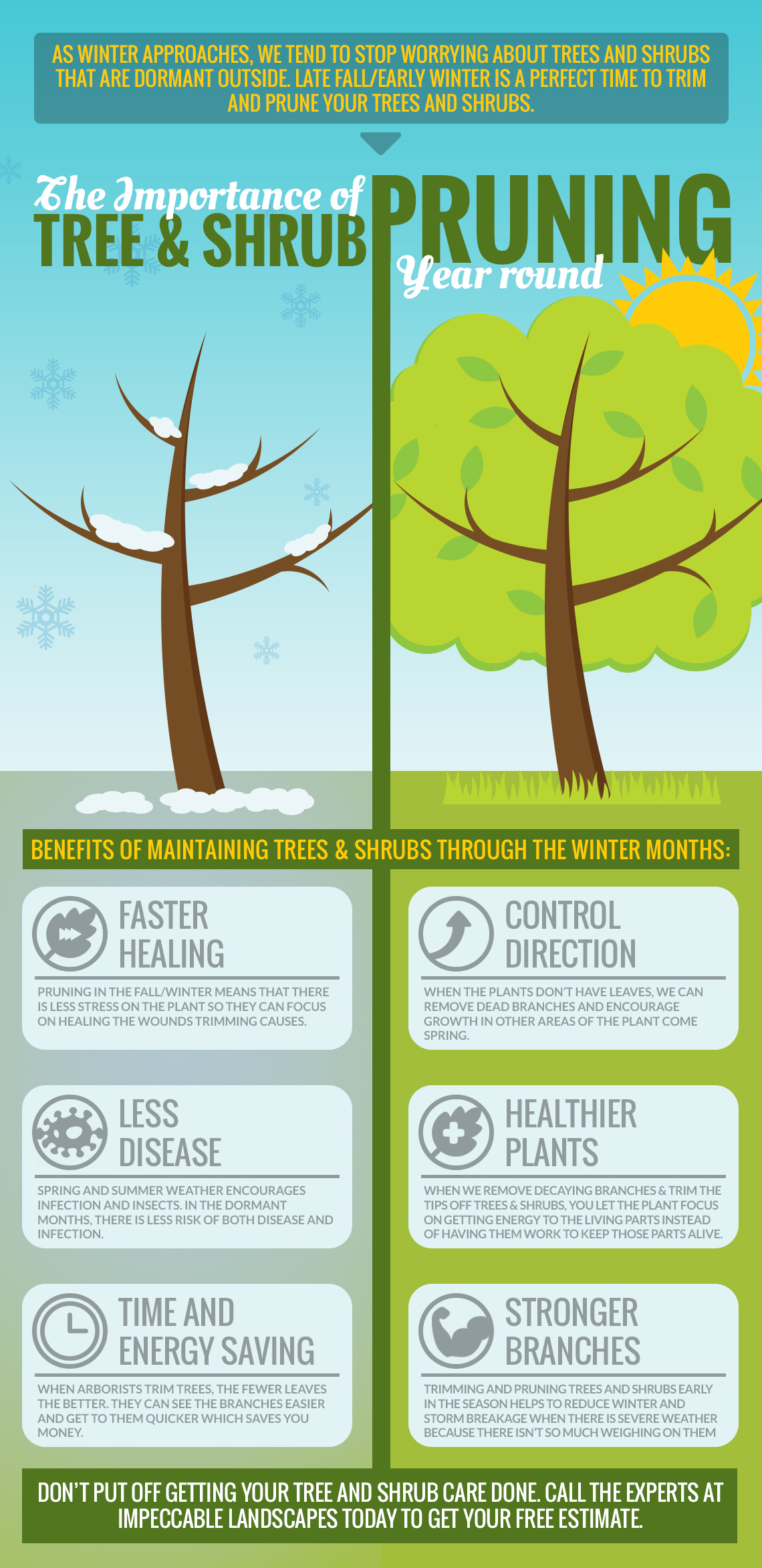Post-Tree Removal Care Is Essential For Landscape Reconstruction; Discover Vital Steps To Rejuvenate Your Space And Protect Against Future Problems
Post-Tree Removal Care Is Essential For Landscape Reconstruction; Discover Vital Steps To Rejuvenate Your Space And Protect Against Future Problems
Blog Article
Article Created By-Wilcox Cochrane
After a tree's removal, your landscape may look quite various, and it's vital to analyze the consequences very carefully. You'll wish to review the soil disruption and examine bordering plants for any kind of signs of stress. Neglecting Cheapest Tree Removal Near Me can result in bigger problems down the line. So, what should you finish with those stumps and origins? And just how do you choose the very best plants for your rejuvenated room? Let's check out these important steps.
Examining the Aftermath: Reviewing Your Landscape
After a tree removal, it's essential to assess your landscape to understand the impact it carries your yard.
Begin by analyzing the area where the tree stood. Seek indications of dirt disruption, and inspect the bordering plants for any kind of anxiety or damages.
You must also remember of exactly how the elimination has transformed sunshine exposure and air flow in your garden. This change can influence the growth of close-by plants, so it's essential to assess their wellness.
Take into consideration the aesthetic aspects too; the removal may produce an open space that you can revamp.
Lastly, consider any type of possible disintegration problems that might develop from the tree's absence. Dealing with these variables early will aid bring back balance to your landscape.
Handling Stumps and Origins: Choices for Removal
As soon as you've evaluated the after-effects of the tree removal, you'll likely need to take on the stump and origins left.
You have a couple of options for elimination. One effective approach is stump grinding, where an expert makes use of a machine to grind the stump down to underground degree. This method leaves minimal interruption to your landscape.
If you favor a DIY approach, you can use a combination of excavating and chemical stump eliminators. Simply bear in mind, this process can require time and initiative.
Alternatively, take into consideration leaving the stump as a natural attribute, which can function as an one-of-a-kind garden component or environment for wild animals.
Whatever https://www.nj.com/entertainment/2020/06/rutgers-dance-alumni-plan-moving-benefit-to-aid-peers-impacted-by-the-coronavirus-pandemic.html choose, resolving the stump and roots is crucial for recovering your landscape.
Picking the Right Plants for Your New Room
As you evaluate your recently removed space, selecting the right plants can considerably boost your landscape's beauty and performance.
Start by thinking about the sunlight and dirt conditions. For sunny locations, go with drought-resistant plants like lavender or succulents. In shaded spots, brushes and hostas thrive well.
Consider the size and development practices of your plants; mix perennials and annuals for seasonal variety. Don't neglect to incorporate indigenous types; they require less maintenance and assistance local wild animals.
Team plants in odd numbers for a more all-natural look and produce layers for aesthetic deepness.
Lastly, guarantee you have a mix of shades and textures to keep your landscape vivid throughout the seasons.
Delighted growing!
Conclusion
In conclusion, recovering your landscape after tree removal is a rewarding procedure. By analyzing the aftermath, addressing stumps and roots, and picking the right plants, you'll create a successful environment. Don't forget to integrate disintegration control steps to safeguard your dirt. With a little initiative and care, you can change your area into a lively yard that boosts your building. Welcome the opportunity to rejuvenate your landscape and enjoy the beauty of nature right in your backyard!
